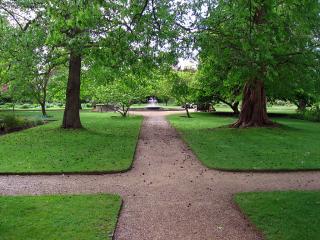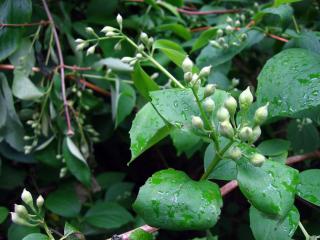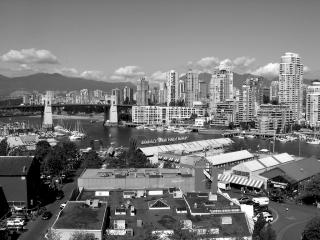I have been thinking about submitting a few images to the Intra Muros competition, but I am finding it hard to locate arty black and white shots of the right sort within my collection (1, 2). The general pattern of the ones they have accepted is that they show recognizable Oxford architecture, individual people are often included but never highlighted, and they have an abstracted quality to them. Somewhat surprisingly, most of my favourite photos taken in Oxford are in colour. Normally, I am a big fan of black & white.
The deadline isn’t until June 9th, so perhaps I can keep my eyes open for the right sort of image from now on. The winners get photos printed in their calendar and the best single entry wins £50.




